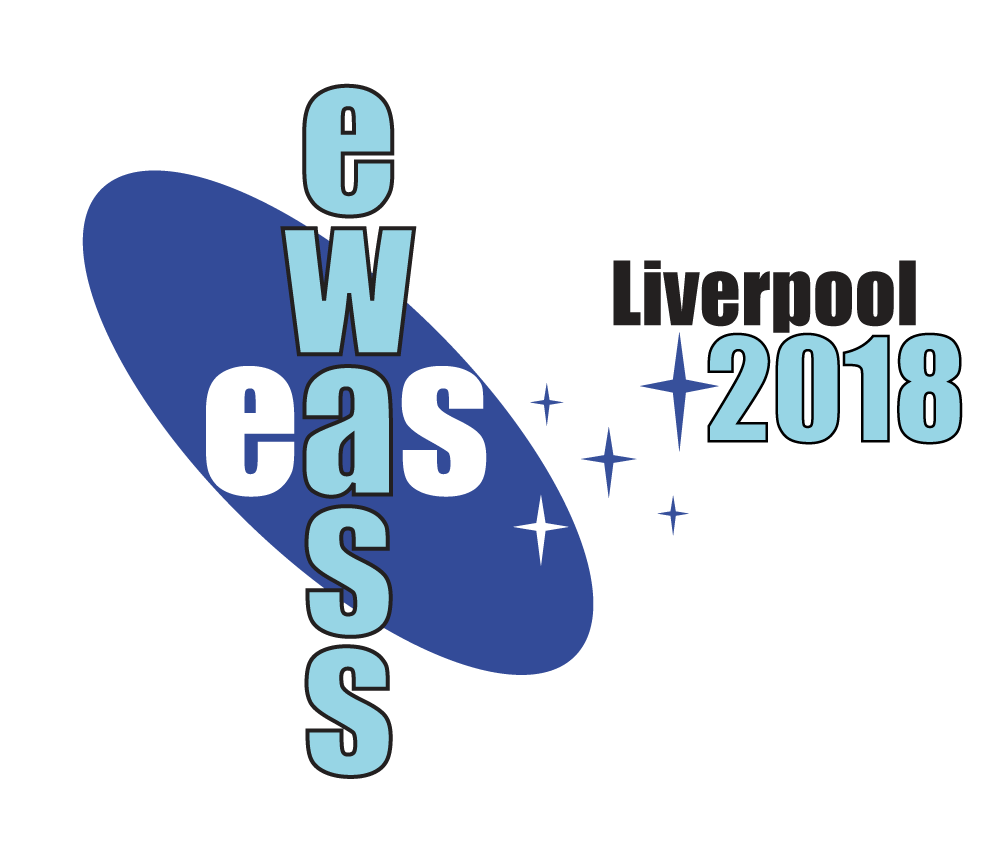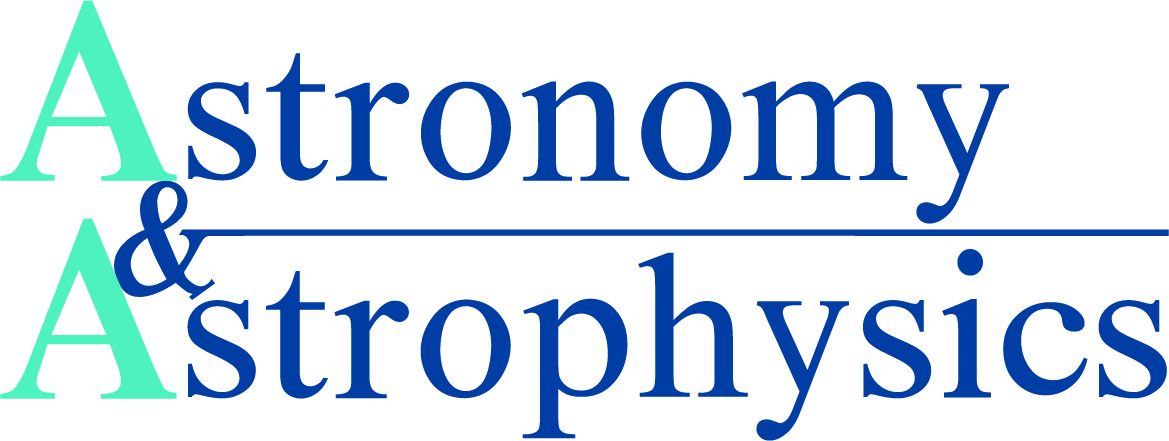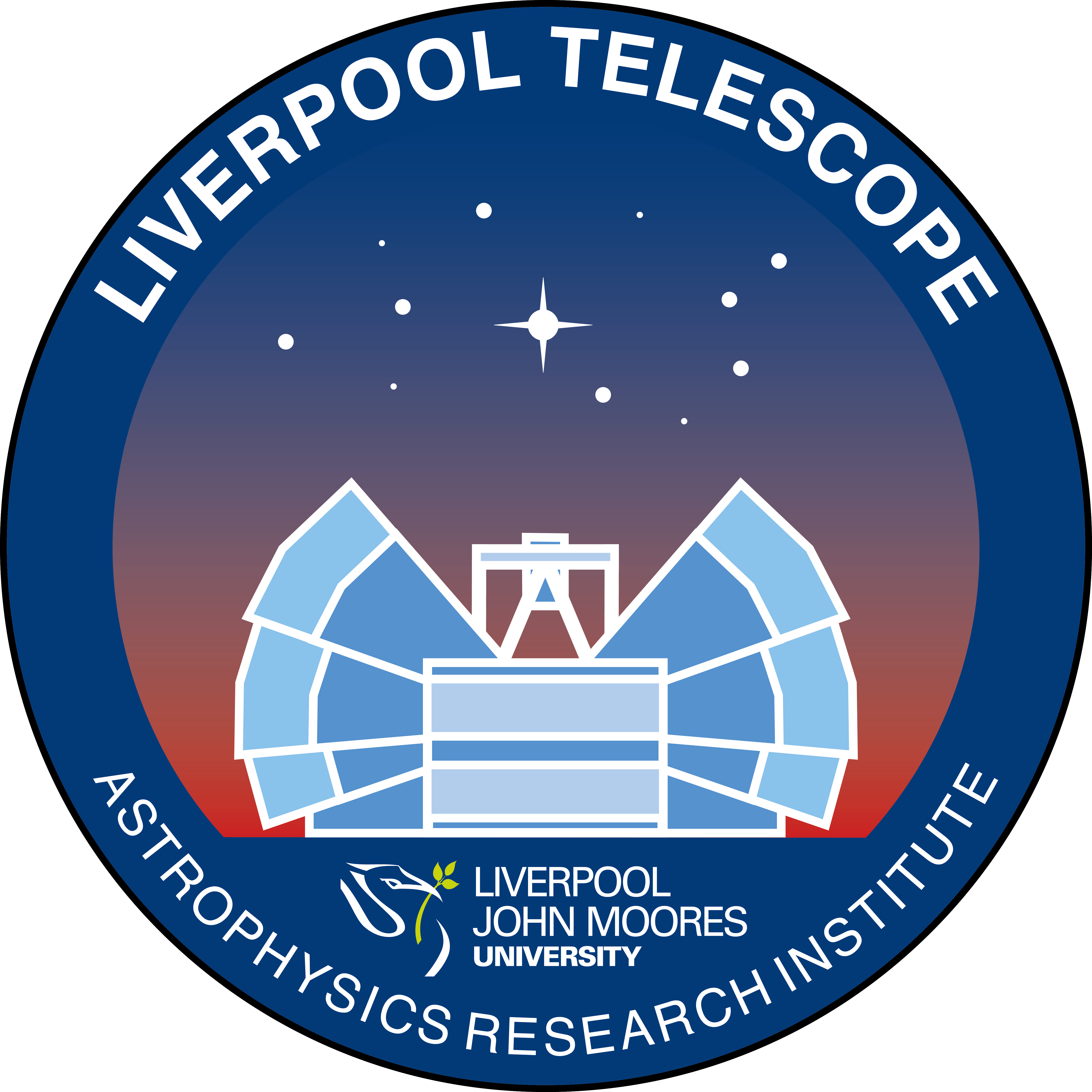|
Special Session SS12
3 April 2018

Aims and scope
This session will bring together solar and stellar astrophysicists to address the physics of flares in the lower atmosphere of the Sun and stars. In a flare, magnetic energy stored in the magnetised corona of the Sun, and presumably also of stars, is released and transported through the atmosphere and solar or stellar surroundings, giving rise to the multiple observable flare radiation signatures and other phenomena such as particle acceleration, plasma flows, sunquakes, and disturbances in the magnetic field. Understanding the basic physical processes taking place in a flare requires investigation of both the photosphere and the chromosphere, which is where most of the flare radiation and diagnostics originate, and also the links between the flare lower atmosphere and the stellar corona. Including both solar and stellar flares in the session means that on the one hand, the range of flare phenomena in different stellar types can help place solar flares in their broader astrophysical context, and on the other hand the detailed spatially resolved observations and modeling available for the Sun can help interpret stellar flares, where this detail is unavailable.
The session will encompasses presentations on theory and observations related to the transport and dissipation of flare energy, the generation of line and continuum emission, the response of the lower atmosphere including magnetic changes and sunquake/starquake generation, and the measurement and interpretation of diagnostic radiation. The area of solar and stellar flares is currently a lively one, with a multitude of flare star observations by Kepler in particular; high resolution flare observations with facilities such as the Swedish Solar Telescope and the anticipated first light in 2019-2020 of the Daniel K. Inouye Solar Telescope with its focus on the magnetised photosphere and chromosphere; and the increased use of advanced modeling to understand flare radiative signatures.
We particularly encourage submissions for the oral programme from PhD students and early career researchers.
Programme
- Multi-wavelength solar and stellar flare observations
- Theory and modelling of solar and stellar flare energy transport
- The flare magnetic environment
- Flare particle acceleration and its lower atmosphere manifestations
- Synergies between solar and stellar flares
- Flare evaporation and condensation flows
- The chromosphere-corona link in flares
- Flare-related helio/asteroseismic disturbances
Invited speakers
TBC
Scientific organisers
Lyndsay Fletcher (University of Glasgow),
Petr Heinzel (Czech Academy of Sciences, Czech Republic),
Mihalis Mathioudakis (Queen's University Belfast),
Sarah Schmidt (Astronomical Institute Potsdam).
Contact
Main contact: lyndsay.fletcher @ glasgow.ac.uk
Updated on Wed Oct 11 23:46:12 CEST 2017
|

 A power cut will shut down all EAS services on Tuesday, 10 January 2017 starting at 7:30 CET.
A power cut will shut down all EAS services on Tuesday, 10 January 2017 starting at 7:30 CET.



























